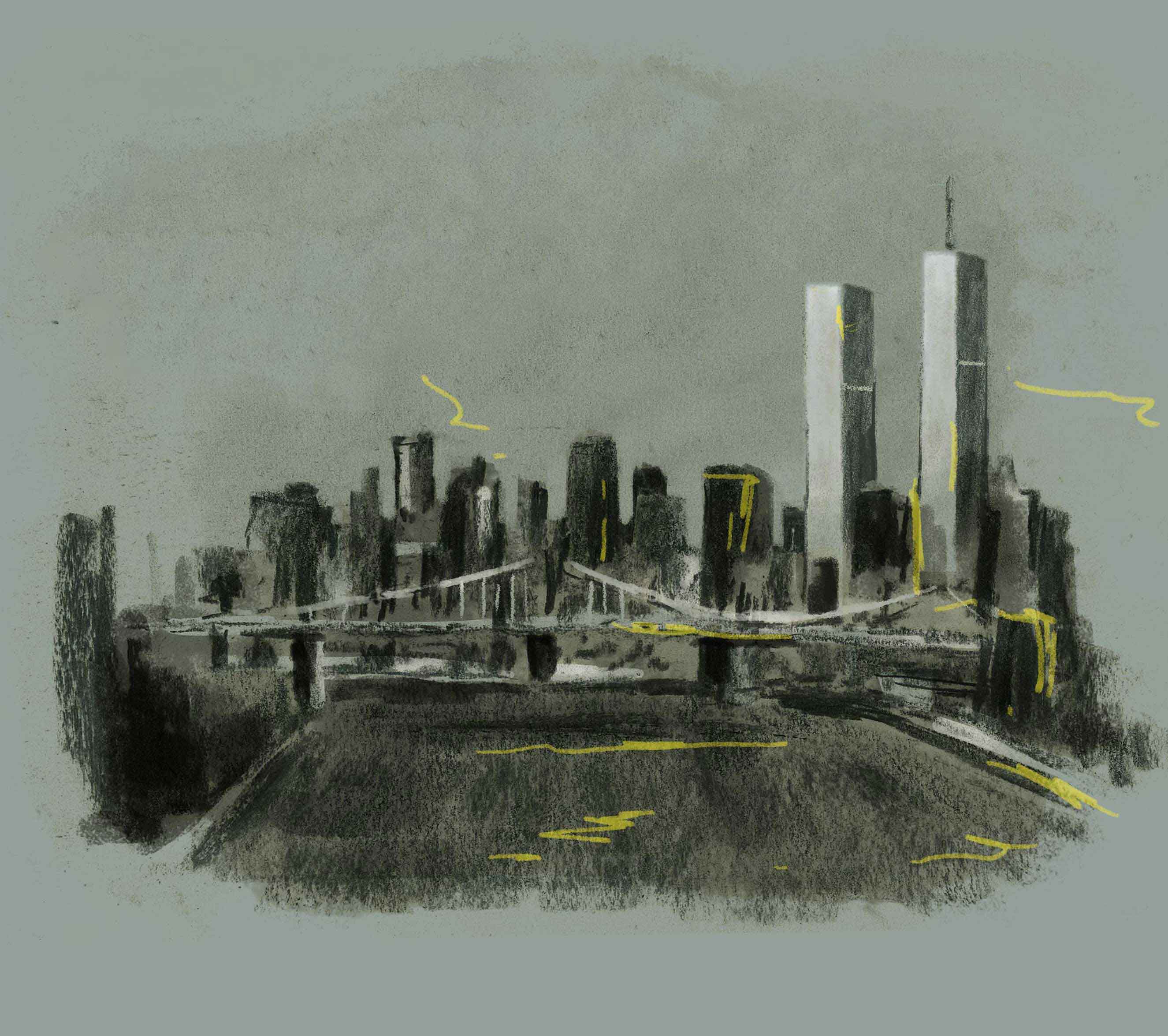



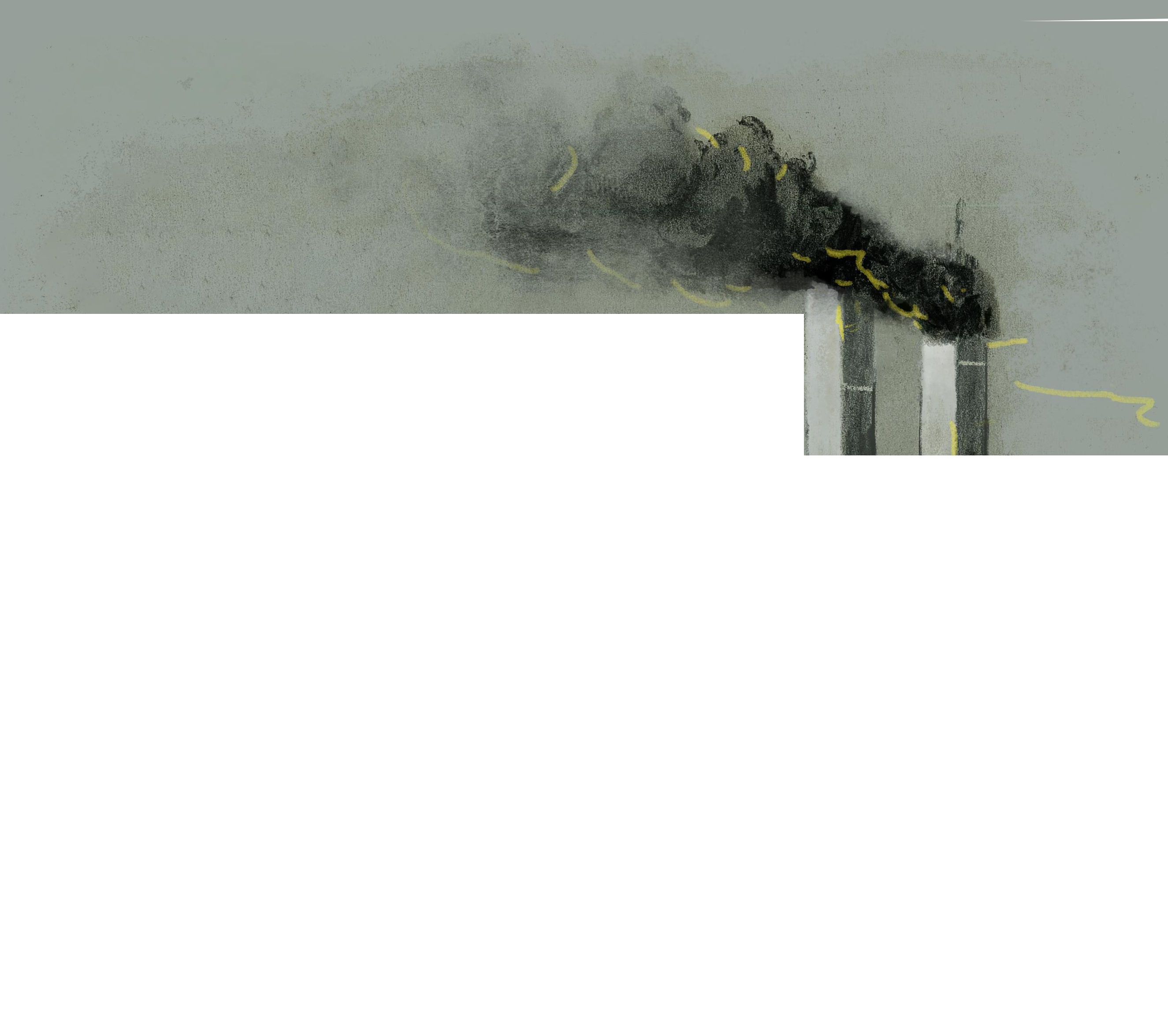

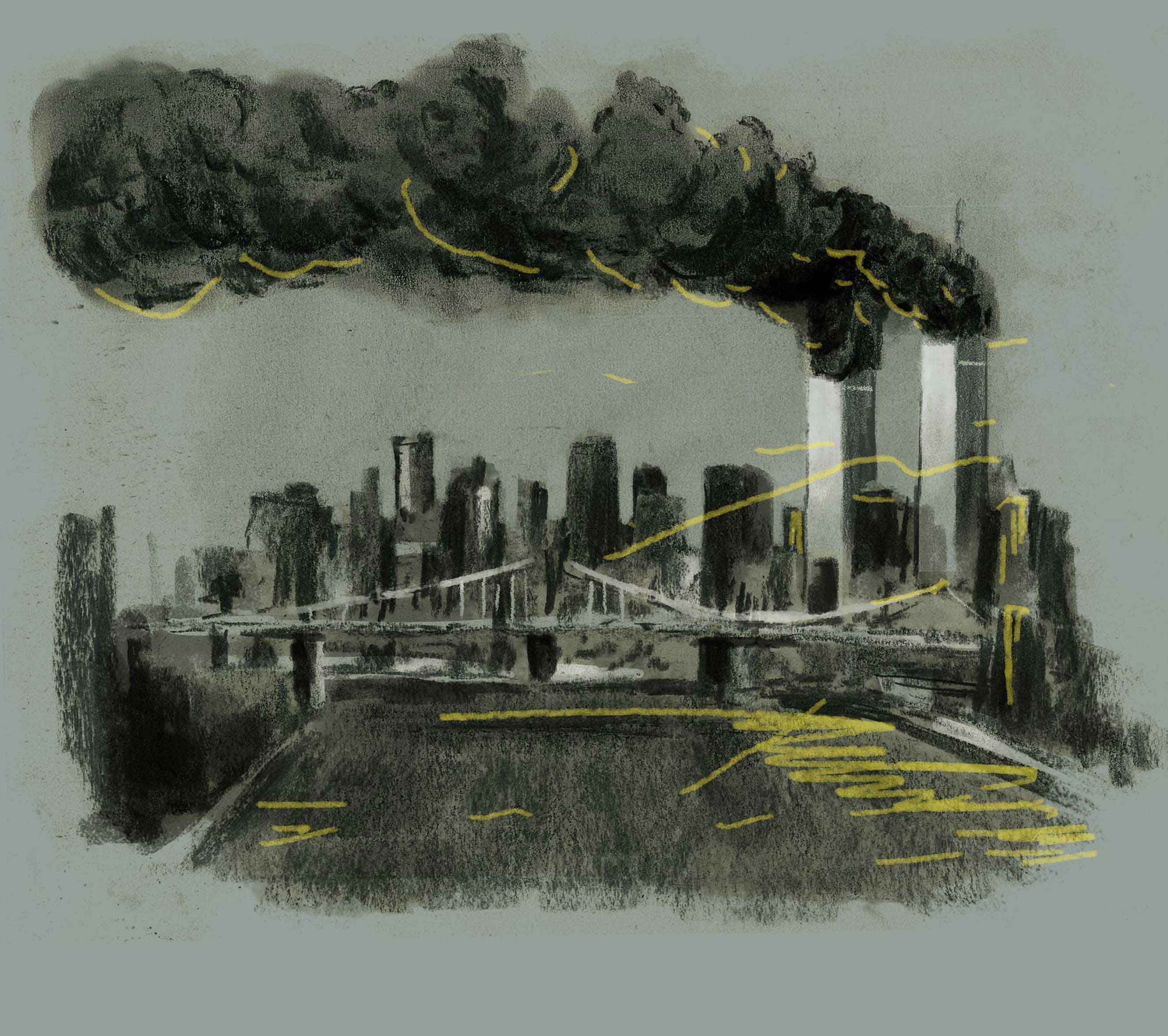

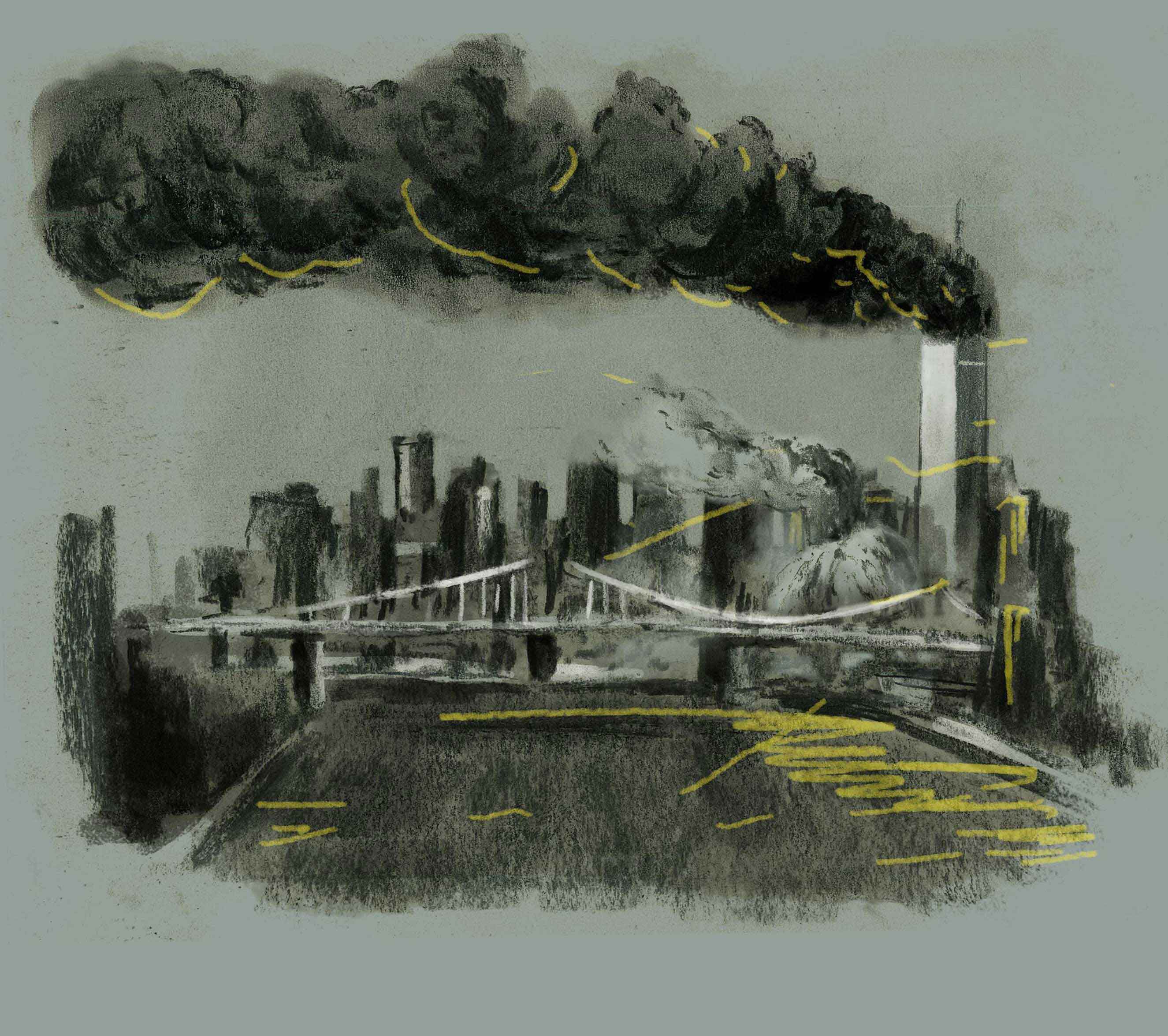

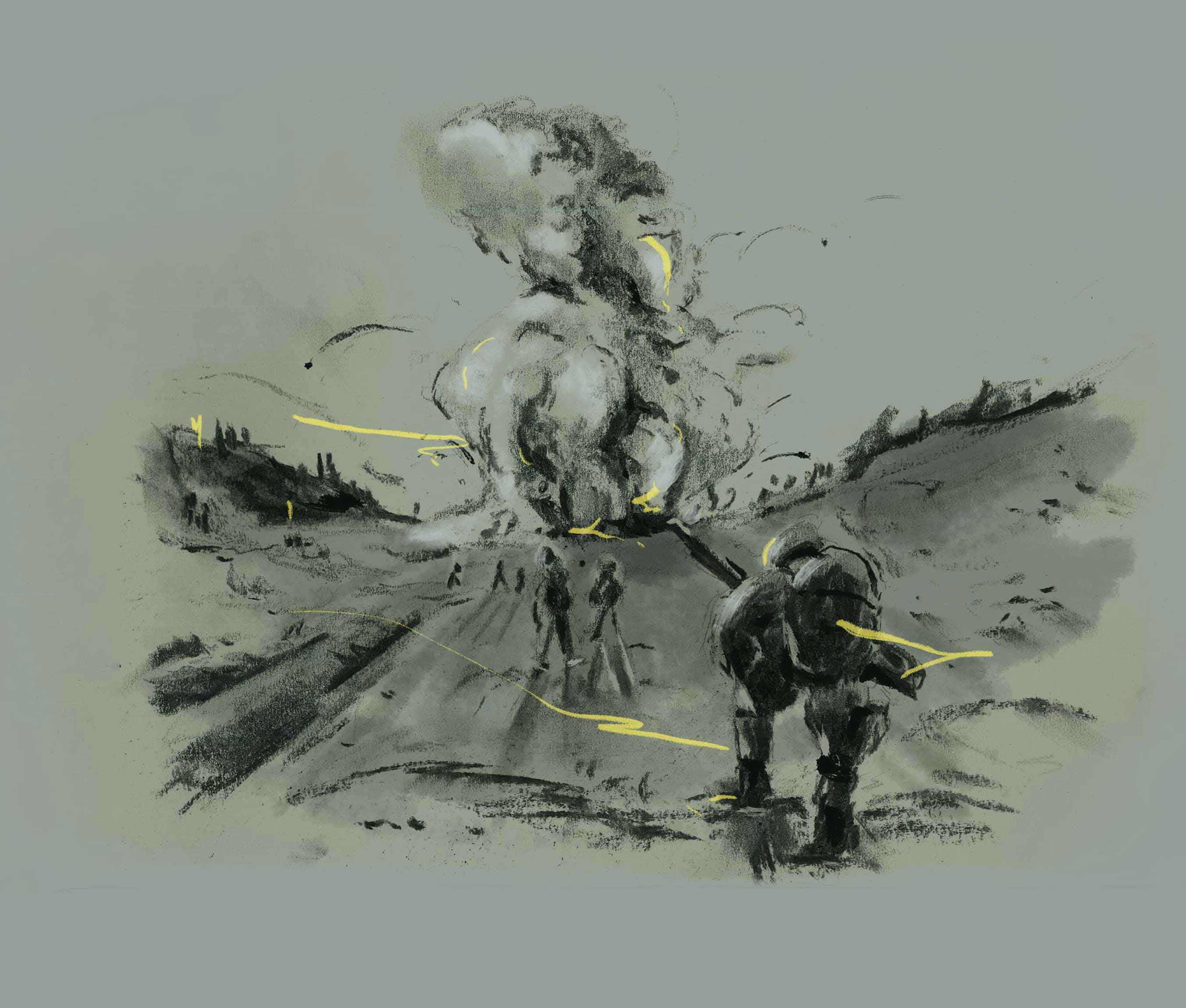


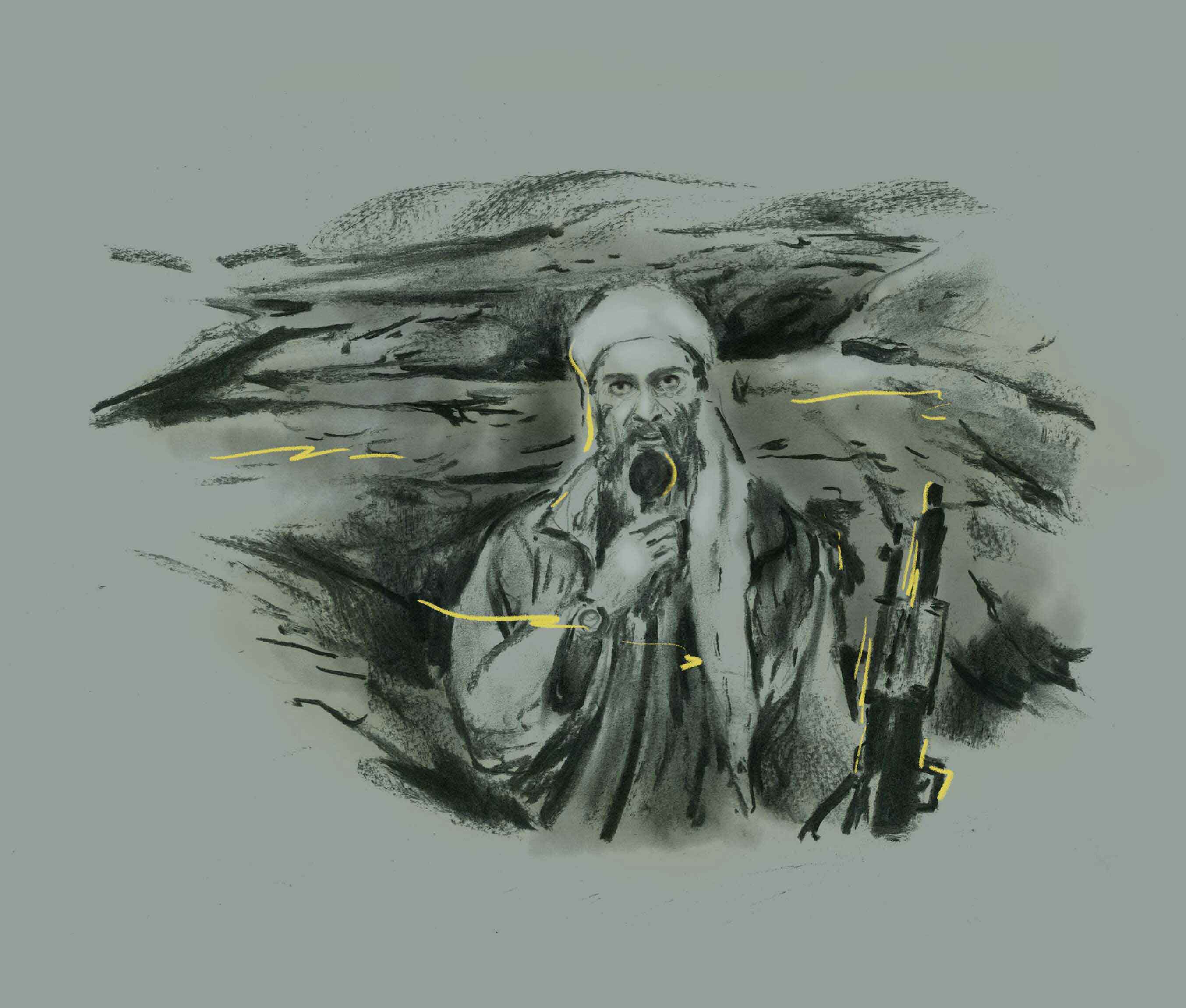




September 11 attacks, 20 years later
The attack on America that changed the world.
This year marks the 20th anniversary of the September 11 terrorist attacks on the United States that left nearly 3,000 people dead. The al-Qaeda plane hijackings of 2001 were the worst attack on US soil since Japan’s bombing of Pearl Harbour in 1941. It ruptured America’s sense of safety and plunged the West into a “war on terror” against al-Qaeda and those who harboured the group, leading to the invasion of Afghanistan. The US and its allies ousted Afghanistan’s Taliban from power and occupied the country for almost two decades. The US ultimately lost the war in Afghanistan. It withdrew its last troops on August 31, 2021, two weeks after the Taliban captured Kabul. China’s future in Afghanistan is being worked out with Kabul’s new rulers.
As New Yorkers began heading to work on the morning of Tuesday, September 11, 2001, 19 hijackers were boarding flights at airports in Boston, Washington and Newark. The Islamist extremists, overwhelmingly from Saudi Arabia, were carrying knives, which at the time were allowed on planes if the blade was less than 10cm long. Here’s a timeline of what happened that day.
8.46am
American Airlines Flight 11 with 92 people on board including five hijackers crashes into World Trade Centre’s North Tower.




9.03am
United Airlines Flight 175 with 65 people on board including five hijackers hits the World Trade Centre’s South Tower.





9.05am
George W. Bush’s chief of staff informs the US president, who is reading a story to school children in Florida.
9.30am
Bush calls the blasts “an apparent terrorist attack”.
9.37am
American Airlines Flight 77 with 64 people on board including five hijackers smashes into the Pentagon.

9.42am
The US Federal Aviation Administration orders all commercial flights in the US land after halting all departures.
9.59am
World Trade Centre’s South Tower collapses in a huge cloud of smoke and dust.


10.03am
United Airlines Flight 93 with 44 people on board including four hijackers crashes into a field near Shanksville, Pennsylvania, after passengers and crew fight with hijackers.
10.28am
World Trade Centre’s North Tower collapses, blanketing lower Manhattan in a huge cloud of dust.


8.30pm
Bush, in an address from the Oval Office, denounces the attacks as “evil, despicable acts of terror”, vows action against terrorists and those who harbour them.
Aftermath of 9/11
War in Afghanistan
The war in Afghanistan, launched on October 7, 2001, was the longest war ever waged by the United States. The US-led invasion ousted the Taliban from power but was drawn into a conflict that would last two decades and cost tens of thousands of lives and trillions of dollars.
The Western-backed government collapsed after Taliban forces launched a lightning offensive in May 2021, just months ahead of the US-led forces’ planned exit from the country. Taliban fighters rapidly overwhelmed the Afghan security forces trained and armed by the US, and captured Kabul on August 15, 2021.

America’s war ended after a rushed withdrawal of more than 123,000 people from Kabul’s international airport by the August 31 exit date set by US President Joe Biden.
The Taliban hailed the withdrawal as a “historic moment” and that Afghanistan had gained “full independence”.
The US and its allies fear the vacuum left by their chaotic exit will allow militant groups such as Islamic State Khorasan Province, also known as Isis-K, to gain a foothold in Afghanistan to plot attacks. Here’s a look at the estimated costs of the US-led war, in lives and dollars.
Fatalities in Afghanistan since 2001
The estimated costs
Aviation
First it was pocket knives and nail clippers. Then it was shoes. Then liquids. The most significant changes to air travel security came in the wake of the September 11 attacks, with passengers facing rigorous screening to prevent attackers from slipping through. Security was stepped up at international airports nearly everywhere, including Hong Kong, one of the busiest airports in the world. On aircraft, cockpit doors were reinforced and armed US air marshals were common on US-bound international and US domestic flights.

The attacks also lead to the creation of the US Transportation Security Administration, or the TSA, which oversees security at American airport checkpoints. The US also required operators of international flights to and from the US to electronically provide full advance manifests of their passengers and crew before departure, to keep suspected terrorists off such flights.
Surveillance
In the United States, the September 11 attacks prompted the passage of the Patriot Act that human rights activists say gave US authorities more power to step up surveillance for security purposes. The US Department of Homeland Security was also created.

The surveillance capabilities of the Five Eyes intelligence sharing network – the US, Britain, Canada, Australia and New Zealand – were greatly increased for the war on terror. Other countries also boosted surveillance powers. In France, for example, emergency powers in place since November 2015, when Islamist suicide bombers and gunmen carried out attacks in Paris that killed 130 people, have played a significant role in enabling intelligence agencies to disrupt plots, the government says.
Osama bin Laden and al-Qaeda

September 11 mastermind Osama bin Laden was killed by US special forces who raided his compound in Pakistan in 2011. The slain al-Qaeda leader’s son, Hamza bin Laden, himself a notable figure in the militant group, was reported dead in 2019. Osama bin Laden’s three surviving wives and his children were quietly allowed to return to Saudi Arabia after his killing. Ayman al-Zawahiri, 70, has been the terror group’s leader since June 2011. Under Zawahiri the group is slowly rebuilding in disparate franchises from Asia to West Africa, aiming to fill the vacuum left by the disintegration of rival Islamic State.
Drone killings

The US assassination of Iranian military commander Qassem Soleimani in Iraq in 2020 showed the ever increasing role of drones in modern warfare. Before then, the US regularly deployed drones to target militants, even its own citizens in other countries. Over the last 20 years, US drone attacks have been carried out in Yemen, Somalia, Afghanistan and Pakistan, resulting in the deaths of militants and civilians. This year the Biden administration imposed temporary limits on drone strikes outside conventional battlefields like Afghanistan and Syria.
Minimum confirmed drone strikes
Killed by drone strikes
* Figures provided by the Bureau of Investigative Journalism. They are running totals of US actions and resulting deaths since the Bureau began recording data.
Drone pilots work remotely at American bases, most often in the US, sometimes on 11 to 14-hour shifts housed in rooms like shipping containers lined with electronics. They operate based on intelligence from informants but they also carry out so-called “signature strikes”, based on observing suspicious patterns of behaviour.
Islamic State

In the chaos following the 2003 US-led invasion of Iraq, an al-Qaeda offshoot set up there, changing its name in 2006 to Islamic State in Iraq. After Syria’s crisis began in 2011, the group’s leader Abu Bakr al-Baghdadi sent operatives there to set up a Syrian subsidiary. Baghdadi followed in 2013, breaking with al-Qaeda and renaming his group “The Islamic State in Iraq and the Levant”.
In the years that followed, Isis, known also as Isil and by its Arabic acronym Daesh, launched a reign of terror in Iraq and Syria where it sought to establish a self-proclaimed caliphate.
The group slaughtered civilians, forced thousands of women into sexual slavery and beheaded Western hostages in grotesquesly choreographed films. Its followers carried out a number of high profile attacks in the West, including France, Germany and the UK. Baghdadi was killed in a US military operation in Syria in 2019 as the group faced defeat on the battlefield. In 2021, the United Nations said Isis remained active in wide swathes of Syria, where it was seeking to rebuild its combat capabilities and expand its insurgency. UN Secretary-General Antonio Guterres said Isis was still a threat to international peace as regional affiliates strengthened in parts of Africa, Afghanistan and South Asia.
Islamic militancy in China
Beijing’s efforts to stamp out Islamic militancy within China’s borders has been largely focused on Xinjiang, its far western region with a large Muslim population.
China has faced international criticism for setting up facilities in Xinjiang that United Nations experts describe as detention centres holding more than 1 million ethnic Uygurs and other Muslims. Beijing says it needs the measures to stem the threat of terrorism, and calls them vocational training centres. In 2013, attackers from Xinjiang rocked the Chinese capital of Beijing with an attack at the highly symbolic Tiananmen Square. Months later, a group of knife-wielding jihadists stormed the railway station in Kunming city in southwest China, leaving 33 dead.

Beijing considers the East Turkestan Islamic Movement (ETIM), a militant group affiliated with al-Qaeda that it has repeatedly blamed for violent acts in Xinjiang, a direct threat to its interests. In 2020, the US removed ETIM from its list of terror groups, although the UN still lists it as one. Beijing has moved swiftly to signal its readiness to cooperate with the Taliban in Afghanistan, which shares a 76km rugged border with China.
Beijing has long feared its neighbour could become a staging point for Uygur separatists in the border region of Xinjiang. But a top-level Taliban delegation met with Chinese Foreign Minister Wang Yi in Tianjin in July, promising that Afghanistan would not be used as a base for militants. In exchange, China offered economic support and investment for Afghanistan’s reconstruction.
Islamic militancy elsewhere in Asia
The Philippines, Indonesia and Malaysia have long been home to some of Asia’s most organised militants. A little over a year after the September 11 attacks – on October 12, 2002 – Bali fell victim to the deadliest act of terrorism in Indonesia's history. Three bombs were detonated in busy nightclubs in the popular Kuta district, killing 202 people, 11 from Hong Kong. The attack thrust Jemaah Islamiah (JI), the Southeast Asia branch of al-Qaeda, into the global spotlight and signalled that the war on terror would be fought on multiple fronts. JI has since been weakened by Indonesian counterterrorism police, who arrested hundreds of its members, including several leaders.
Throughout Asia, there are several other high profile militant groups, some of them pro-Isis, others aligned to al-Qaeda. Their members have carried out suicide bombings, armed attacks, kidnappings and beheadings.
Number of Islamist terrorist attacks 2013-2019
In May 2017, pro-Isis foreign militants attacked Marawi City in the southern Philippines in a bid to establish a caliphate in Asia. The Philippine military took five months to recapture it, destroying half of it in the process.
In South Asia, India has fought terrorist activity on multiple fronts, including terrorism related to territorial disputes in Kashmir. In Pakistan, Tehrik-i-Taliban Pakistan (TTP) has been responsible for at least 4,500 deaths since 2009, which accounts for over half of all terrorism deaths by known groups in Pakistan, according to Global Terrorism Index 2020.
The return of Taliban rule in Afghanistan has boosted the morale of militant groups in Asia, inspiring some to make plans to go to the country and undertake military and other training there, analysts said.
Countries most impacted by terrorism
Rank based on the number of attacks, deaths, injuries and property damaged.
Number of attacks worldwide by terror groups

















Creative Director Darren Long
Sources: Agence France-Presse, Reuters, Associated Press, Global Terrorism Index 2020, Bureau of Investigative Journalism, Brown University Costs of War Project, Harvard University’s Kennedy School, Brown University researchers, fondapol.org, Statista